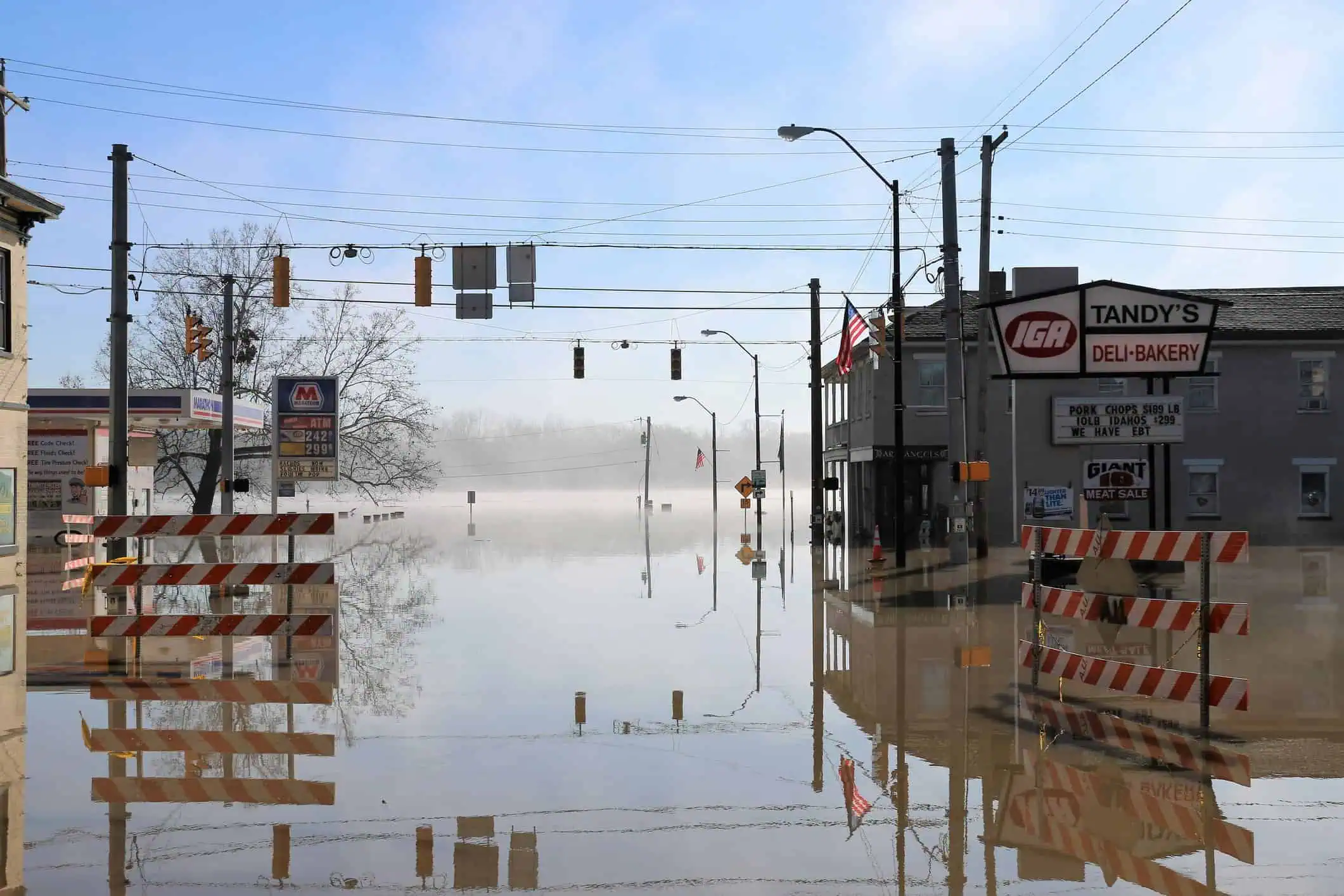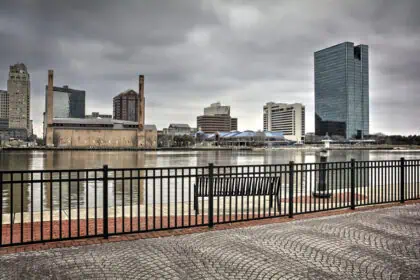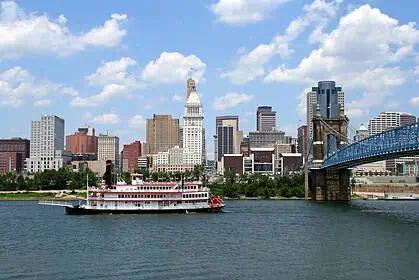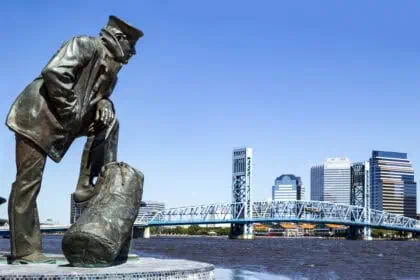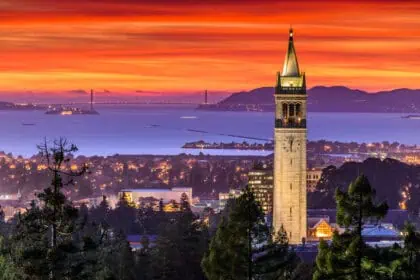San Francisco summers are heating up
San Francisco, once renowned for its foggy, sweater-worthy summers, is now shifting toward a hotter and drier pattern, reshaping its identity as a cool coastal city. Since 1970, the average summer temperature in downtown San Francisco has risen by 2 °F (1.1 °C), while at San Francisco International Airport, the increase is more striking—4 °F (2.2 °C). According to Daniel McEvoy of the National Weather Service, the change is undeniable and ongoing.
Why this subtle warming matters
Even small increases in temperature are significant. Eugene Cordero, professor at San Jose State University, explained that a 2 °F rise (1.1 °C) can lead to unseasonably warm days and uncomfortable nights, potentially pushing residents to use air conditioning—an amenity many San Franciscans don’t have.
A heat vulnerability study conducted by the city highlights that the lack of cooling systems, paired with buildings designed for cool climates, can place pressure on emergency services. The historic 106 °F (41.1 °C) event on September 1, 2017, led to more than double the normal volume of 911 calls.
Where heat strikes hardest
The rise in urban temperatures is not evenly distributed. Neighborhoods such as the Tenderloin, South of Market, Chinatown, Union Square, parts of the Mission and Portola districts experience intensified heat due to their urban infrastructure. These urban heat islands retain and radiate warmth, distorting local wind flow and increasing thermal stress.
According to Climate Central, the number of above-average heat days in San Francisco has increased by 28 days since 1970—further evidence of longer, more persistent heat spells.
Fog fades as oceans warm
The city’s signature summer fog, which cools the region and defines its microclimates, is also in retreat. Todd Dawson of UC Berkeley revealed that since the 1950s, San Francisco has lost around three hours of fog daily. This reduction is due to warmer land surfaces and coastal waters, which accelerate fog evaporation.
The result is increasingly sun-drenched areas, particularly in neighborhoods like North Beach, while typically foggy spots like the Outer Sunset still hold onto some chill. However, the intensity and presence of fog—a major driver of San Francisco’s block-by-block climate variance—is undoubtedly weakening.
Relief from the sea
Despite warming trends, San Francisco continues to benefit from its marine influence. Afternoon breezes, driven by heat differentials between interior California and the ocean, still offer natural cooling, especially in coastal neighborhoods. This pattern, described as a “summertime phenomenon” by Stanford climatologist Chris Field, creates dramatic contrasts across the Bay Area, where temperature variations can rival those across entire states.
Jan Null, a veteran meteorologist, emphasized that while heat spikes are becoming more common, temperatures still stabilize, offering occasional breaks from the warming trend.
Looking toward the 2025 summer
Experts agree: San Francisco is very likely to see a hotter-than-average summer in 2025. The National Oceanic and Atmospheric Administration forecasts above-normal temperatures for Northern California, including San Francisco. As heat events increase, the health implications grow. Aritree Samanta, environmental science professor at San Francisco State University, warns that even moderate heat can become dangerous, as the city’s residents and infrastructure are unprepared.
Officials urge awareness of “silent killers” like extreme heat, advocating for greater investment in weather services and climate forecasting. Eugene Cordero believes the rising heat underscores the need for national preparedness, better forecasting tools, and scientific support for tracking a rapidly changing climate.




